The DJI Osmo Pocket is a whole new type of camera. It’s not rugged enough to be an action camera nor full-featured enough to be a dedicated all-around camera. Its video quality lags behind the cameras in flagship smartphones and yet the built-in gimbal gives anything shot on it that buttery smooth “Hollywood” feel. The Osmo Pocket both defies expectations and also comes up short in many places.
It’s not like this is the first all in one gimbal/camera we’ve ever seen. Budget-friendly gimbal maker REMOVU has had one for a couple years now with some mixed reviews. Even DJI had the original Osmo, Osmo+ and higher end Osmo Pro. But what all of these missed that the Osmo Pocket nailed is portability. Where previous camera/gimbal hybrids were the size of a large pepper grinder, the Osmo Pocket is not much larger than a regular salt shaker.
Design
For a first gen product, the DJI Osmo Pocket is well designed and built. It’s fairly durable and there have been very few reports of widespread issues. That being said, after a couple weeks of use several design shortcomings begin to show.
The first, and perhaps the most annoying, is the lack of a 3/8” tripod mount. Because of this omission, the only way to mount the Osmo Pocket on any tripod or other selfie stick is with an accessory DJI sells called the “Accessory Mount”. This $19 accessory clamps onto the middle of the Osmo and allows you to connect it to most GoPro mounts. The placement of this mount in the middle is less than ideal for all situations. True, the Osmo Pocket is designed to primarily be used handheld, but a tripod mount is a tiny thing to include which can greatly expand its versatility.
The second head-scratcher was DJI’s choice to not include Wi-Fi. Almost every product from point-and-shoot cameras to audio recorders have Wi-Fi built in. It’s not only a helpful feature but something that consumers have gotten used to. Like the mounting issue, DJI sells an accessory that makes up for this shortcoming. However, it’ll set you back an extra $59 and adds a fair bit more to the overall size of the tiny Osmo Pocket.

Other features like a built-in physical control wheel (again, they sell this as an accessory) or a slightly larger screen would have been nice to have included. DJI most likely cut a lot of these features in order to keep the Osmo Pocket’s price under that of the GoPro 7 Black — the most direct competition — and it does show through; especially if you are an advanced user.
Video Quality
Featuring a sensor the same size as the popular consumer-oriented DJI Mavic Air, the Osmo Pocket is aimed at everyday users. DJI might eventually release a “Pro” version with a 1” sensor and/or Hasselblad lens, but until then the Osmo Pocket likely won’t see any professional use. Even with the small 1/2.3-inch sensor, the Osmo Pocket offers 4K/60fps, cine-like mode, and a 100mbps max bitrate mode at 4K/24fps. These modes allow advanced users to squeeze extra quality out of the Osmo Pocket. Still, it often has less dynamic range compared to flagship smartphones like the iPhone XS Max or Galaxy S10+.
The magic sauce which makes footage shot on the Osmo Pocket feel close to professional at times is the 3-axis stabilization provided by the built-in gimbal. Shaky footage is a thing of the past when shooting with the Osmo Pocket. The gimbal is not only fairly easy to use but very consistent. There are some occasional issues with range of motion, as unlike more professional gimbals — DJI Ronin S, Zhiyun Crane 3, etc — it lacks full 360° rotation on the yaw (right to left) axis.
The most frequent issue with video quality is autofocus. The Osmo Pocket often searches for focus, either missing it completely or pulsing in and out. This issue is only made worse by the tiny size of the built-in screen. It is near impossible to tell sometimes whether a shot is actually in focus and I have had several shots which appeared fine while I was filming, but upon viewing them on a larger screen I realized they were ruined because the Osmo Pocket decided to focus on the background instead of the subject.
Shooting Modes
Besides offering smooth video in an ultra-compact package, the Osmo Pocket also has a few other tricks. Most impressive and useful is the “motion lapse” shooting mode. To use simply set the Osmo Pocket in a stationary position, pick the timelapse settings along with beginning and ending positions and presto! The Osmo Pocket will move smoothly between the two positions snapping photos at your chosen interval. Once finished it will then automatically stitch them all together into a video which is great for sharing to social media our adding a transition to your vlog. Currently the Osmo Pocket oddly only supports up to 1080p resolution for timelapses so don’t expect anything too amazing quality-wise.
The Osmo Pocket also has a photo mode. This includes the ability to take 9 photos in quick succession which it then stitches together into a wide-angle panorama. However, if you’re looking for something specifically to take photos I’d stick with a smartphone or a point and shoot. The Osmo Pocket barely competes with 5-year-old smartphones when it comes to still images.
Keeps Getting Better
The good things about a lot of the Osmo Pocket’s issues is that DJI has shown a commitment to trying and solving them via software updates. Already, just three months since the release of the Osmo Pocket, DJI has pushed updates that fixed or added:
- Cine-like mode (a.k.a. low contrast)
- Added new “Pro” menu on the device to access settings like white balance
- “Stories” template/auto edit mode added to smartphone app
- Various optimizations to focus, auto white balance, ActiveTrack, face tracking, etc.
As someone who has been using the Osmo Pocket since it was released in December 2018, I can testify just how much better the on-device menus and user interface has gotten. When first released the Osmo Pocket had to be used with a smartphone in order to access any of the more advanced settings. Now, after four software updates, DJI finally has a device that can be used without a smartphone.
Verdict
Make no mistake: the Osmo Pocket is not a professional level camera in any way. It is aimed squarely at hobbyists and social media videographers looking to get smoother footage without having to lug around a full sized gimbal like the Ronin S or Zhiyun Crane. The Osmo Pocket offers 4K video, motion time-lapses, and advanced tracking all in a compact form that can be taken almost anywhere. It has its flaws no doubt, but it is still one of the best options for an amateur video creator looking to spice up their films.
Osmo Pocket
$349Pros
- Small size (it literally can fit in your pocket)
- Less than $400
- Software updates have improved overall experience
- 4K video and time-lapses
Cons
- No WiFi connectivity or tripod mount
- The built-in screen is too small
- Only 1080p time-lapse resolution
- Poor dynamic range
- Autofocus is frustrating at times
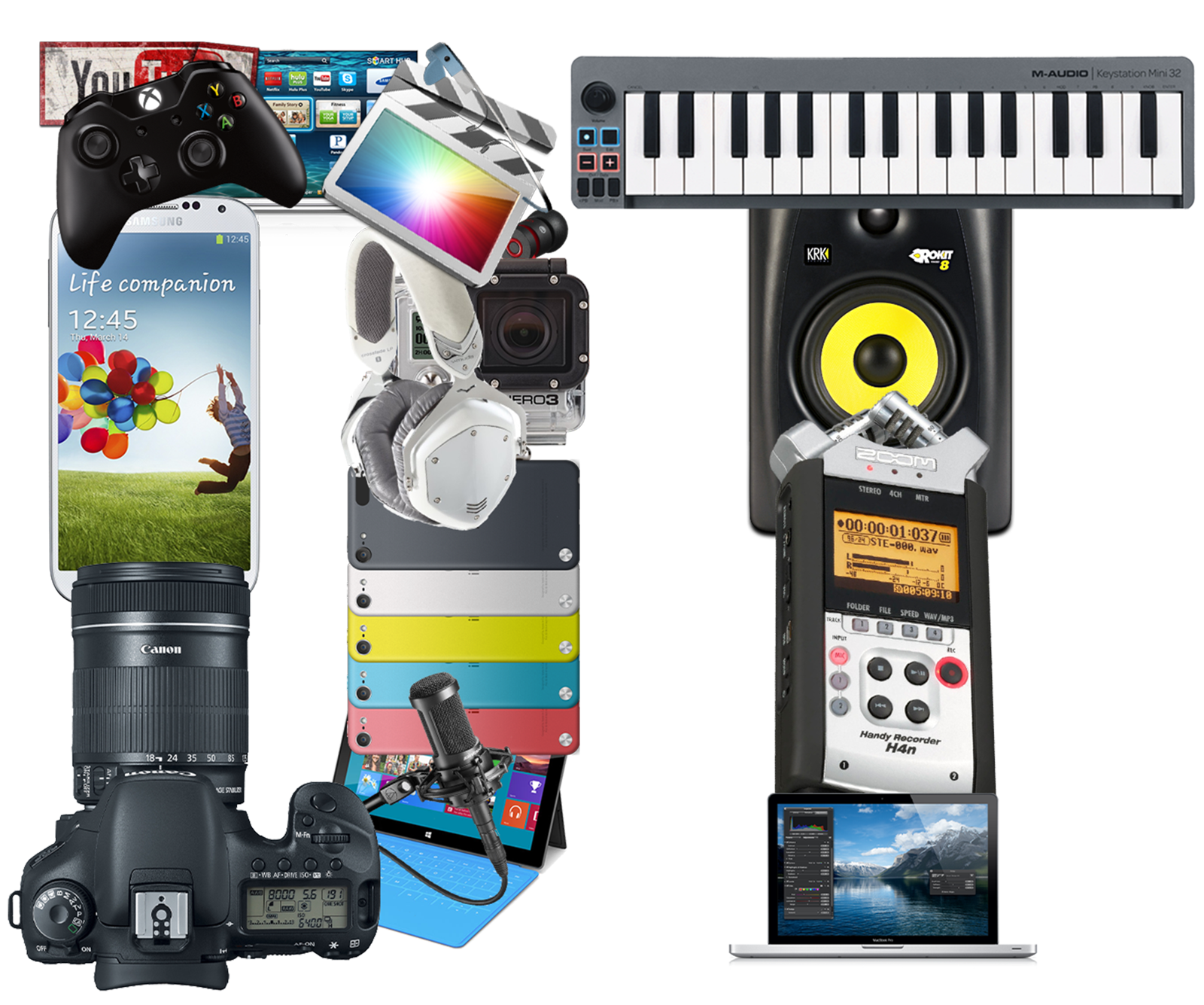


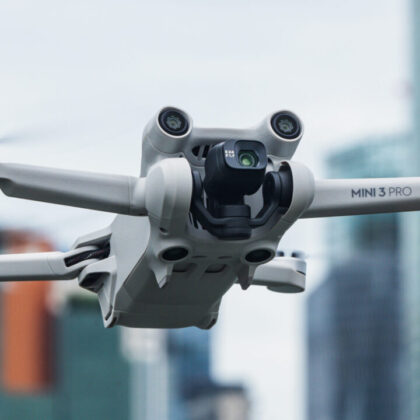
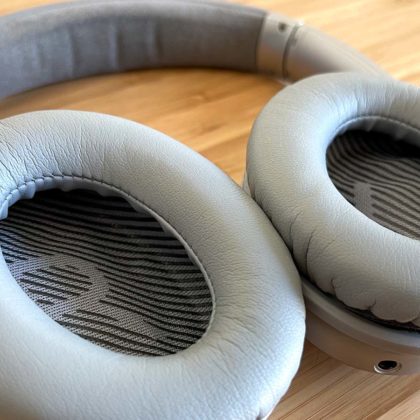
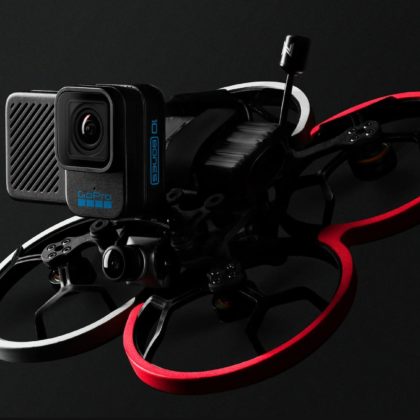
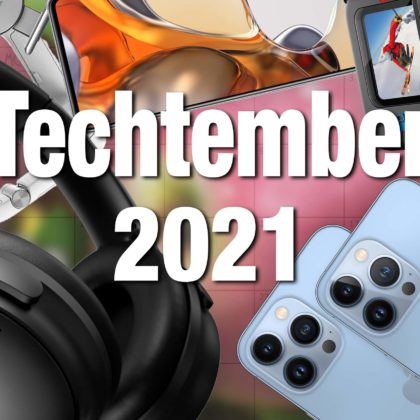
Comments
parking sensors for swift
Undeniably believe that whic you said. Your favorite reason seemed to be
on the net the easiest thing to be aware of. I say to you, I
certainly get irked while people think about worries
that they plainly don’t know about. You managed too hit the nail upon the top and defined out the whole thing without having side-effects , people
could take a signal. Will probably be back to get more.
Thanks
Comments are closed.